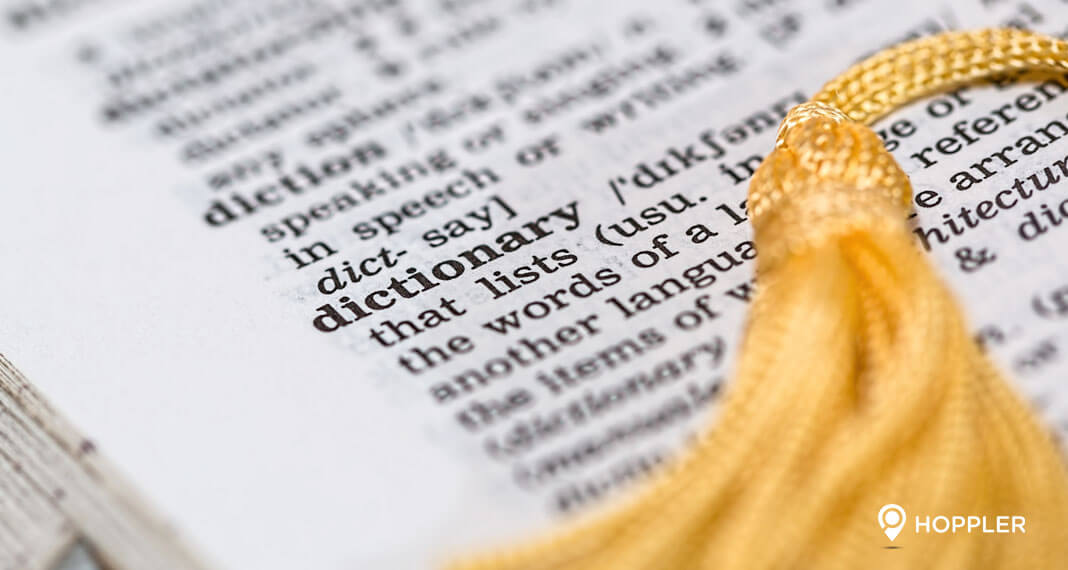Low-Cost Solutions: Home Energy Efficiency
With the advent of industrial activity, deforestation, emission of greenhouse gasses, and high energy technology are the looming threat of global warming and climate change. We’re constantly hearing about man-made environmental disasters that make us realize that we need to collectively make adjustments on how we extract and consume energy daily. Though individual consumption contributes significantly less than corporate consumption in terms of fossil fuel usage, we still have a responsibility to practice energy-efficient methods personally.
Being energy efficient has two main benefits. First, as mentioned, you’re helping lower greenhouse gas emissions and decreasing water use. Second, from an economic standpoint, energy-efficient appliances and systems lower utility bills. If more people use energy-efficient appliances and systems, it can reduce the overall electricity demand and consumption.
There are several opportunities to lower your utility bills and improve energy efficiency. Some of these are minor changes, while others need significant investment. Read on to find out how you can make your home more energy-efficient.
Small Changes
If you’re just starting and need to ease yourself into the energy-efficient routine first, you can always start by making a few small changes around the house and see how they affect your bills. Here’s a list of things you can adjust to save more energy.
Replace incandescent light bulbs
Traditional incandescent lights convert 10% of the energy they consume into actual light, while the rest is converted to heat. New lighting technologies such as LEDs can reduce energy use by converting a more significant percentage into light. LEDs can last significantly longer than traditional incandescent light bulbs, consume less energy, contain no mercury, and have no moving parts.
Set a schedule
Big appliances such as air conditioners, washers, dryers, and dishwashers all use a lot of energy. Try setting a schedule to wash your clothes or dishes instead of turning them on several times throughout the day. You can also use ceiling fans during the day and turn on the air conditioner at night. Setting a schedule will help you keep track of how long these appliances are being used when you’re reviewing your energy bills.
Use appliances responsibly
Always remember to unplug appliances when you’re not using them. Phantom power consumption can also contribute to a high energy bill because they suck energy even when they’re not being used. Turn off your computer when unattended. Chargers that are left plugged in consumer energy, even when not in use. Before you go to sleep and before you leave the house, make sure to check all these things first.
Turn off unnecessary water
You’d be surprised at how much you can save if you made minor changes to your water usage. The key is always to be conscious of running water when doing simple tasks, such as washing dishes and brushing your teeth. Take quicker showers, and if you want to relax, bathe instead to save water. Do a full load at once when doing laundry instead of half-loads.
Lower thermostat
When leaving your home, you can either turn off your thermostat or lower the temperature by 10 to 15 degrees. A small change will reduce your monthly utility and energy bill significantly by 5 to 15% annually.
Seal your windows
Your heater has to exert more energy heating up your house when you have drafty windows. Look around for air leaks in and around your windows, and evaluate if you should add weatherstripping around the frames. For a more inexpensive option, add silicone caulk over any cracks or place shrink film on the frame.
Limit space heater use
If it’s not that cold, try limiting your space heater use by investing in thick sheets, blankets, and coats. It would be comparatively cheaper than using space heaters that use 1,500 watts of energy to drain your monthly bill. If you can, you should invest in space heaters that have energy-efficient modes.
Set up a clothesline
Unless you’re washing your clothes for an emergency trip or the sun won’t come out to dry your clothes, then you don’t really need to use the dryer. Clothes washers and dryers are on top of the most energy-hungry appliances at home. If you can’t invest in an energy-efficient approved clothes washer, then limit your use by cutting out the dryer and setting up a clothesline instead. Letting your clothes dry out in the sun will take longer, but they’ll be good by the end of the day.
Install efficient showerheads and toilets
Low-flow showerheads have customizable flow rates and have a pause button to let you lather up first before turning the water on again. This way, you’re saving more water by turning the water off when necessary and controlling the amount of water you’re using.
Toilets, being one of the biggest water consumers in the home, can also be made more efficient. Low-flow toilets replace the older 3.5-gallon toilet with a 1.6-gallon toilet that cuts it down to about 2 gallons per flush compared to traditional toilets.
Worthy Investments
Keep in mind that at the heart of being energy-efficient is also being cost-efficient. Energy-efficient tools, machines, and installments may seem extremely pricey at first glance. Still, these are designed to last and will save you a significant chunk from your monthly energy and utility bills. Here are ways you can invest in big-ticket ideas to make your home more energy-efficient.

Install Solar Panels
Solar panels are one of the most popular ways to generate electricity for homes. They’re typically installed on the roof, convert light from the sun into electricity, and generate energy independently from your utility company. That way, it promotes lower fossil fuel usage and cuts your electricity costs.
Solar panels are also more convenient because they’re not affected by power outs. You will no longer be at the mercy of your utility company’s schedule because they’re made to last for about three decades with proper maintenance (although they also require minimal care). All you need to pay for are the solar panels themselves and their installation. Everything after that, especially the energy it converts for you to use, is entirely free.
Get a convection oven
Cooking smart can address the enormous amount of energy spent when cooking. Cooking with a convection oven can make cooking more efficient and comparably uses a lot less energy during the process. They consume 80% less energy and use 20% less electricity than conventional ovens by using a lower cooking temperature. However, it still cooks your food faster than traditional ovens because it blows hot air directly onto the food instead of surrounding it and makes sure that it circulates evenly.
Convection ovens are best used when roasting meats and vegetables to make them crispier and caramelize better. They’re also great for baking pies and pastries, making cookies, and for basically anything you’re cooking that you need to use a cover for.
Have your HVAC system looked at
An old and clunky HVAC system that’s broken or already past its optimal life span will have to exert twice as much effort to heat and cool your home, resulting in a spike in your electric bills. Your HVAC system should be maintained regularly and have an annual check-up with a certified technician. A check-up will ensure that your heating and cooling systems are working correctly and that all parts are cleaned and lubricated. You can also make sure it’s working fine by replacing the filter once a month.
If it’s past its lifespan, get in touch with your contractor and see if you can have your HVAC system replaced. Make sure to choose heaters and coolers that are recognized as energy efficient.
Get an energy audit
If you want an accurate picture of how much energy your appliances are consuming, you can call your utility company and see if they can perform an energy audit. It’s a great way to see which devices are costing you too much and which ones need to be replaced. A professional contractor will observe how your home’s energy systems work together and analyze the corresponding utility bills.
After the audit, you will be given a list of recommendations for cost-effective improvements. Sometimes, they will advise you to completely replace some systems within the heating and cooling, cooking, and water usage. Make sure to discuss with your contractor which improvements you should prioritize investing in first. Large appliances such as stoves, refrigerators, and washers are often the biggest culprits in your electricity bill spikes, so if you’re advised to replace them immediately, then invest in new ones that are approved as energy efficient.
Takeaway
Being more energy efficient will undoubtedly cost you some significant investments at first, but you’re essentially only paying for top-quality products that are made to last for decades. It won’t feel as heavy when you think about how less-efficient appliances and services will cost less initially but will end up charging you for a long time at fluctuating rates.
It’s easy to do a simple cost-benefit analysis if you’re unsure whether some systems and appliances are worth investing in. Making your home more energy efficient will not only save you a considerable amount of money but will also be more beneficial for the environment.




